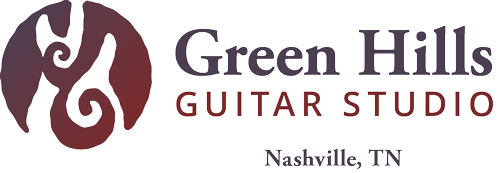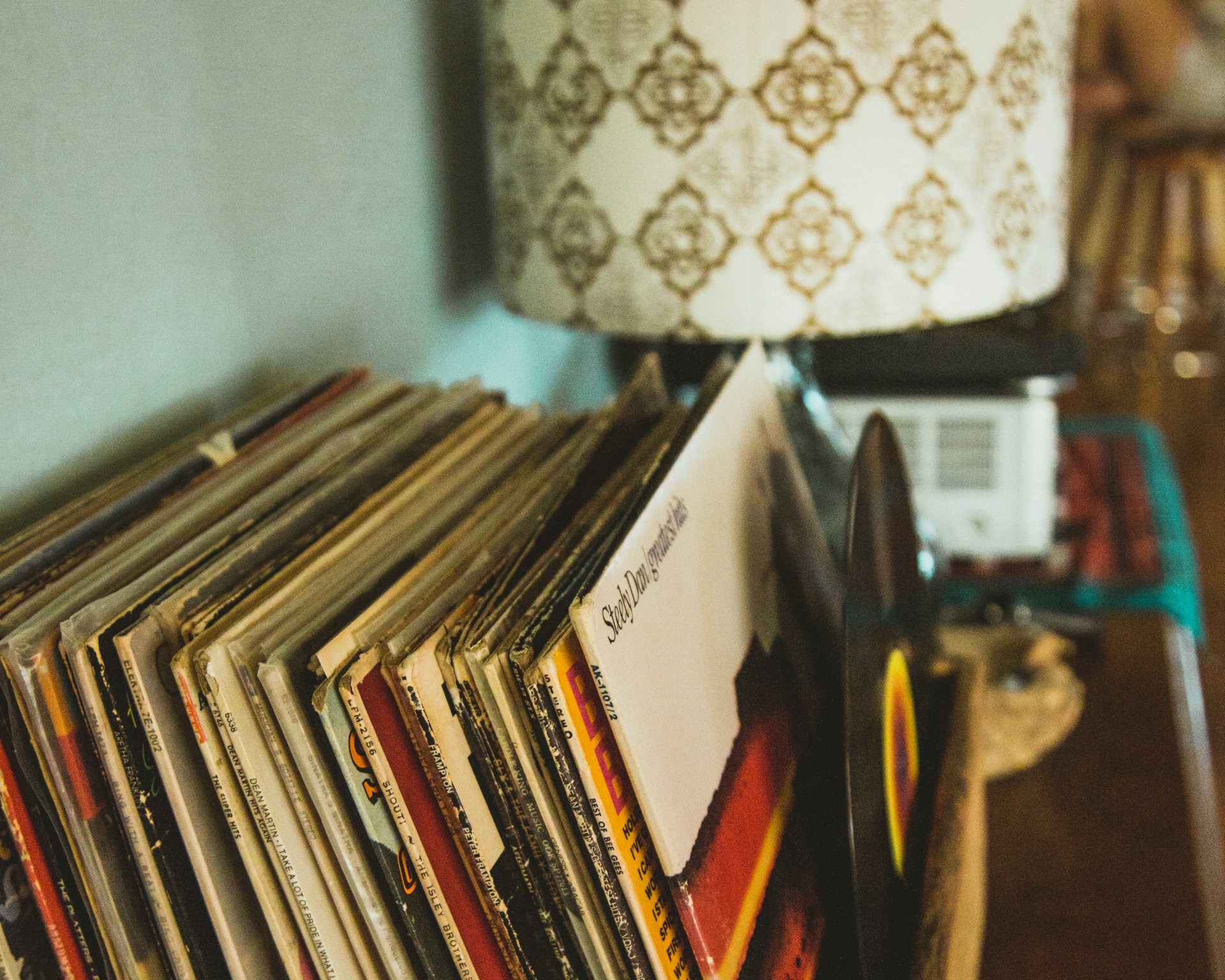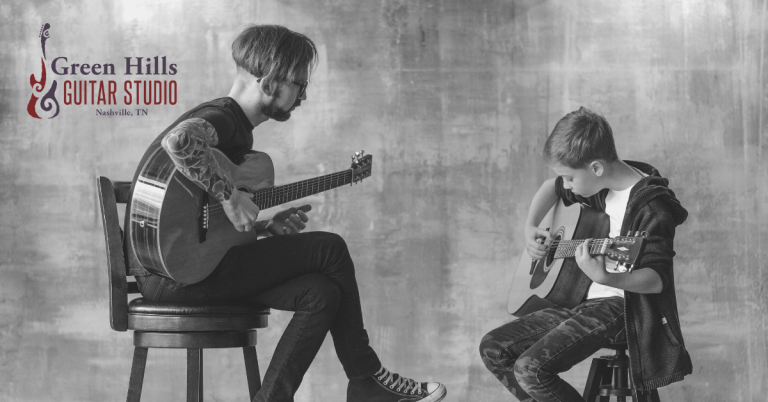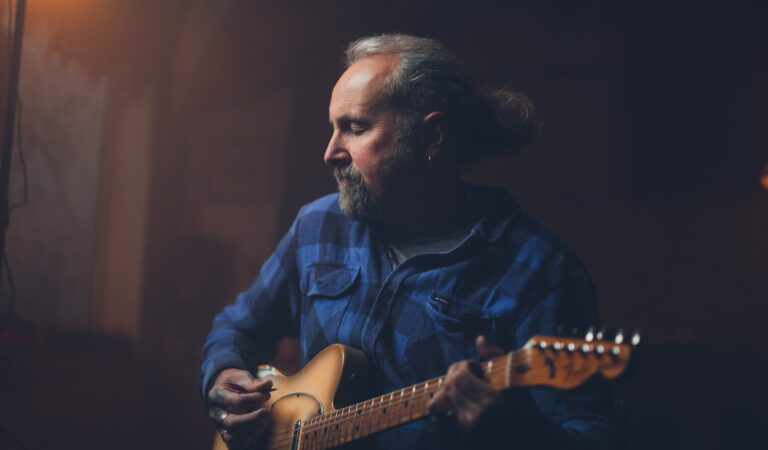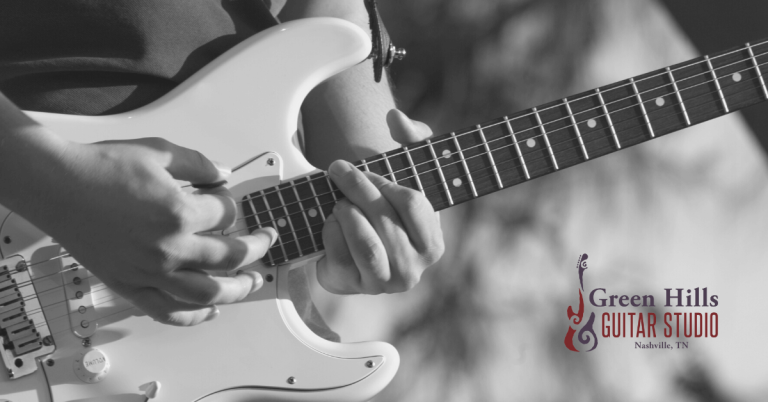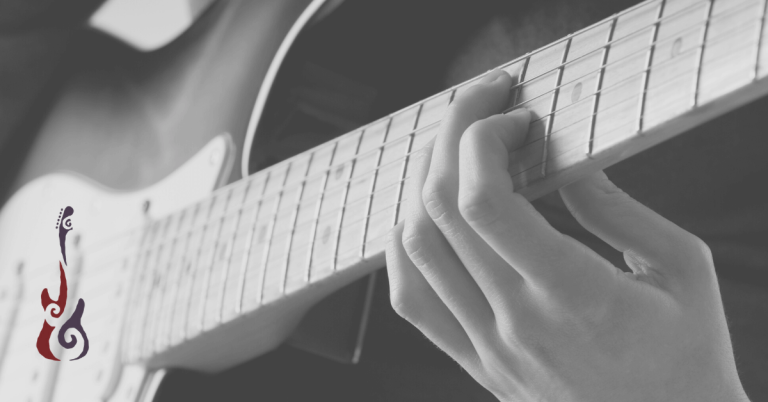What Listening to Different Genres Teaches You About Guitar
There’s a moment every serious guitar player hits—a crossroads of sorts—where playing within your comfort zone begins to feel like walking in a circle. You know the chords, the licks, the patterns. But when everything starts to sound the same, when progress feels like imitation instead of growth, you might not need a new pedal or practice routine. You might just need a different song.
Not a better song. A different one.
Because the truth is, one of the fastest, most profound ways to evolve as a guitar player isn’t by playing more, but by listening better. And by listening wider.
This isn’t about genre-hopping for the sake of novelty. It’s about deepening your musical vocabulary. It’s about hearing rhythm from the perspective of a Brazilian percussionist, phrasing from the lilt of a jazz vocalist, and dynamics from a composer who’s never picked up a Strat. The wider your ears, the richer your playing.
How Genre Variety Makes You a Better Guitarist
Each genre emphasizes something different—groove, harmonic sophistication, melodic phrasing, or texture. If you’re only listening to music that mirrors what you already play, you’re likely reinforcing habits, not challenging them. But when you explore different musical languages, you start to build fluency. You stop mimicking and start interpreting.
Here’s a quick breakdown of what different genres can teach you as a guitar player:
| Genre | What It Teaches Guitarists |
|---|---|
| Jazz | Phrasing, harmonic richness, improvisation |
| Hip-Hop | Groove, rhythmic timing, use of space |
| Classical | Dynamics, control, melodic interpretation |
| Soul | Tone, expressive vibrato, restraint |
| Afrobeat | Syncopation, groove, interlocking parts |
| Folk | Simplicity, lyricism, storytelling |
| Ambient | Soundscaping, layering, mood through tone |
| Country | Note economy, hybrid picking, melodic solos |
| Latin (Bossa Nova, Samba) | Fingerstyle, polyrhythms, chord extensions |
| Reggae | Upstroke rhythm, space, timing |
| Electronic | Texture, repetition, dynamic swells |
How Listening Builds Musical Intuition
Most players assume ear training means drilling intervals or learning to play songs by ear—and while that’s useful, there’s another layer that happens passively. The more music you listen to, especially across genres, the more your intuition sharpens.
You start to hear ahead. You anticipate chord changes. You pick up on harmonic tension and release, even without a theory textbook. That’s not magic. That’s your brain connecting patterns across a wide range of musical experiences.
The payoff? You’ll make better choices when you play—whether you’re improvising, arranging, or writing. You’re not guessing. You’re hearing.
1. Rhythm: What Your Right Hand Can Learn From Afrobeat and Hip-Hop
Guitar players often focus on the left hand—scales, shapes, speed. But real groove lives in your right hand. And no styles challenge and sharpen that like Afrobeat and hip-hop.
Listen to:
- Fela Kuti – “Water No Get Enemy”
- J Dilla – “Time: The Donut of the Heart”
- Anderson .Paak – “Come Down”
Afrobeat layers rhythm like a machine. Every guitar part, drum hit, and horn stab fits like gears. Hip-hop, especially Dilla’s production, shows that pocket isn’t always mechanical—it’s human. It breathes. Guitar players can learn a lot by trying to play like a horn player!
Try this:
Take an Em7 chord and comp along to an Afrobeat or hip-hop track. Focus on placing your strums slightly ahead or behind the beat. Record yourself. Listen back. Where does your pocket land?
2. Phrasing: Borrowing the Breath of a Vocalist
Good phrasing is less about what you play and more about how you play it. Want to phrase better? Stop listening to guitar players. Start listening to singers.
Listen to:
- Nina Simone – “I Put a Spell on You”
- Billie Holiday – “God Bless the Child”
- Frank Ocean – “Bad Religion”
The breath, the space, the bends—they all teach you patience and expression.
Try this:
Pick a vocal line and play it note-for-note on guitar. Mimic the bends, vibrato, and rests exactly. Then improvise a short solo using the same phrasing approach.
3. Tone: Listening to Orchestras and Ambient Music
Tone isn’t just about your rig—it’s about intention. And the best lessons in tone often come from music with no guitar at all.
Listen to:
- Ryuichi Sakamoto – “Merry Christmas Mr. Lawrence”
- Sigur Rós – “Samskeyti”
- Claude Debussy – “Clair de Lune”
These pieces are about atmosphere. About sound that feels like something.
Try this:
Build a clean tone using just your amp and maybe one reverb pedal. Now play a single note. Use only your fingers, your pick angle, and dynamics to shift how it sounds.
Want to grow as a more expressive, dynamic player?
At Green Hills Guitar Studio, we help students build the kind of musical intuition that goes beyond chord shapes and scales. Whether you’re in Nashville or learning online, we offer lessons that challenge and inspire you.
4. Dynamics: The Power of Restraint in Classical and Folk
In a loud world, playing quietly becomes a bold act. Folk and classical musicians have long known the value of nuance—when to hold back, when to explode, and how to let a note decay naturally.
Listen to:
- Julian Bream – “Asturias (Leyenda)”
- Nick Drake – “Pink Moon”
- Punch Brothers – “Julep”
These recordings breathe. They’re full of silence and swell—of tension and release.
Try this:
Take a fingerpicked piece you know and exaggerate the dynamics. Make soft parts whisper. Make the climax roar. Feel the emotional shift.
Applying Genre Lessons to Your Own Style
The goal of listening to different genres isn’t to become a musical chameleon—it’s to shape a more distinct and expressive version of your own sound.
Let’s say you’re a rock guitarist. What happens if you apply jazz phrasing to your solos? Or use a hip-hop groove under your usual chord progression? Or shape your tone like it’s part of a film score?
You don’t need to change your genre—you just need to let other styles influence your instincts.
Example: Take a simple 12-bar blues and play it three different ways:
- With the syncopation of an Afrobeat rhythm guitarist
- With the tone and space of an ambient pedalboard
- With phrasing inspired by a soul singer
Same chords. Totally different impact. The more you experiment like this, the more your sound becomes yours—not just a copy of what you’ve learned.
Experimental Listening Exercises
Want to take your listening practice further? Here are a few exercises that help bridge what you hear with what you play:
- Genre Reflection: Pick a song in a genre you rarely listen to. Write down three musical elements you notice—groove, tone, phrasing, arrangement. Try applying one of them in your next practice session.
- Style Reimagining: Take a riff or chord progression you already know. Now reinterpret it in three different styles—say, country, ambient, and Latin. Focus on feel, articulation, and rhythm.
- Non-Guitar Play-Along: Put on a song that doesn’t use guitar—maybe a vocal ballad or a piano piece. Try to mimic the lead melody or the phrasing on your guitar. Match not just the pitch, but the shape and emotion of the sound.
These aren’t just technical exercises—they’re creative ones. They train your musical instincts while keeping things fresh and surprising.
Suggested Albums to Expand Your Ears
If you’re not sure where to start, here’s a short list of albums and artists that span genres and offer incredible insight for guitar players. These aren’t necessarily “guitar albums”—they’re music albums that will sharpen your musicality.
| Album / Artist | Genre / Style | Why It’s Worth Listening To |
|---|---|---|
| Kind of Blue Miles Davis | Jazz | Teaches space, phrasing, and melodic simplicity |
| Donuts J Dilla | Hip-Hop / Soul | A masterclass in groove and rhythmic feel |
| For Emma, Forever Ago Bon Iver | Indie Folk | Raw dynamics and unconventional chord voicings |
| Ágætis byrjun Sigur Rós | Ambient / Post-Rock | Tone shaping, texture, and cinematic builds |
| Clube da Esquina Milton Nascimento | Brazilian / MPB | Sophisticated harmony and rhythmic nuance |
| Merry Christmas Mr. Lawrence Ryuichi Sakamoto | Classical / Film Score | Emotional tone and phrasing without words |
| The Miseducation of Lauryn Hill Lauryn Hill | Soul / Hip-Hop | Groove, vocal phrasing, and feel |
| Punch Punch Brothers | Progressive Bluegrass | Advanced rhythm, harmony, and ensemble playing |
Final Thoughts: Let the World In
If your playing feels repetitive or flat, don’t reach for a new guitar. Reach for a new record. Something strange. Something that challenges you. Something without guitar at all.
It’s not about genre tourism. It’s about building empathy for how music works—regardless of what instrument or tradition it comes from.
Whether you’re trying to break out of a rut or bring new color into your playing, our instructors at Green Hills Guitar Studio can help you dig deeper. We offer in-person guitar lessons in Nashville and remote lessons for students anywhere.
